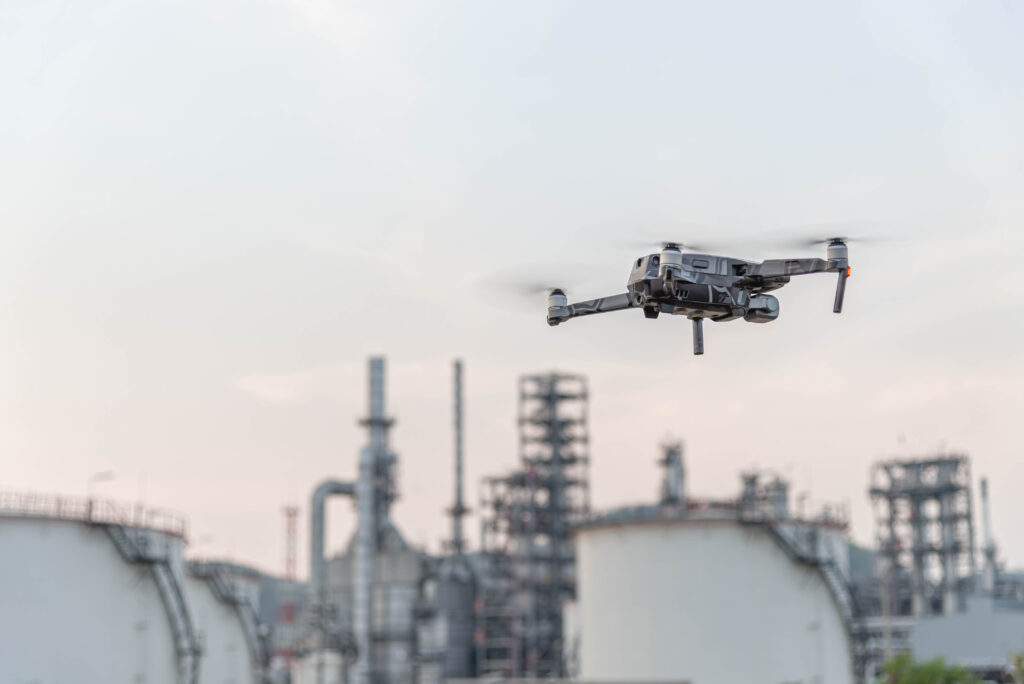Surveying plays a pivotal role in the oil and gas industry, particularly in planning, developing, and maintaining pipeline infrastructure. Precision and reliability are crucial, given the environmental, economic, and safety implications of pipeline projects. This article explores surveying’s significant contributions, the latest technologies, and industry advancements that are transforming the sector.
1. The Role of Surveying Gas Pipeline
Site Selection and Feasibility Studies
Effective pipeline projects begin with thorough site assessments. Surveyors analyze topographical and geospatial data to determine the optimal routes, avoiding geographical hazards and minimizing environmental impact. These feasibility studies provide vital data on soil conditions, elevation changes, and existing infrastructure.
Risk Mitigation and Environmental Compliance
Surveying ensures adherence to stringent environmental regulations. Accurate maps and geospatial data help identify environmentally sensitive areas, reducing the risk of ecological damage. According to a 2022 industry report, comprehensive surveying can lower environmental compliance issues by up to 30% through early detection and route optimization.
2. Advanced Technologies Transforming Surveying
3D Laser Scanning
3D laser scanning has revolutionized surveying in oil and gas pipeline projects. This technology captures detailed, high-precision data, creating comprehensive models of the terrain and existing structures. These models are critical during the planning phase, allowing engineers to visualize potential challenges and design solutions proactively.
Technical Example:
A 2021 case study by the American Petroleum Institute (API) demonstrated that implementing 3D laser scanning reduced pipeline design errors by 25% and shortened project timelines by 15%. The ability to create accurate digital twins enables real-time simulations and predictive maintenance assessments.
LiDAR Technology and UAV Integration
LiDAR (Light Detection and Ranging) technology, often combined with unmanned aerial vehicles (UAVs), offers rapid, high-resolution data collection over large areas. UAV-mounted LiDAR systems can survey hundreds of kilometers of pipeline routes in a fraction of the time required for traditional methods, enhancing efficiency and reducing costs.
Application:
For instance, during the Trans-Alaska Pipeline System inspection, UAV-LiDAR integration improved defect detection accuracy, leading to a 40% increase in operational safety.
3. Surveying’s Impact on Pipeline Construction and Maintenance
Construction Phase
During construction, surveying ensures that pipelines are installed according to the design specifications. Surveyors monitor the alignment, depth, and grading of pipeline trenches, preventing costly deviations that could compromise the integrity of the infrastructure.
Maintenance and Monitoring
Post-construction, continuous surveying is essential for monitoring pipeline integrity. Technologies like InSAR (Interferometric Synthetic Aperture Radar) detect ground movement, helping to predict and prevent leaks or structural failures.
Case Reference:
A 2023 study from the International Association for Hydrocarbon Logistics found that regular pipeline surveying using advanced sensors reduced maintenance costs by 18% over five years.
4. Regulatory Compliance and Safety Enhancement
Surveying provides critical data to meet regulatory standards set by organizations such as the Pipeline and Hazardous Materials Safety Administration (PHMSA). Accurate geospatial records ensure pipelines comply with safety regulations, minimizing the risk of leaks or ruptures.
Data-Driven Insight:
According to PHMSA, pipelines built with comprehensive pre-surveying data experience 40% fewer incidents than those with minimal surveying inputs.
5. Future Trends in Surveying for Oil and Gas
The future of surveying in pipeline projects lies in AI integration, automation, and enhanced data analytics. Machine learning algorithms can analyze vast amounts of survey data, identifying patterns and predicting potential issues before they arise.
Innovation Spotlight:
Recent advancements in satellite-based remote sensing promise to enhance long-term pipeline monitoring. These systems offer continuous, global coverage, making them valuable tools for multinational projects.
Conclusion
Surveying is indispensable for the success of oil and gas pipeline projects. From initial site selection to ongoing maintenance, advanced surveying technologies like 3D laser scanning, LiDAR, and UAVs ensure accuracy, efficiency, and compliance with safety standards. As the industry evolves, continued innovation in surveying practices will be key to building safer, more reliable pipeline infrastructure.Working on oil and gas pipeline projects? Contact us for professional advice and surveying services.

